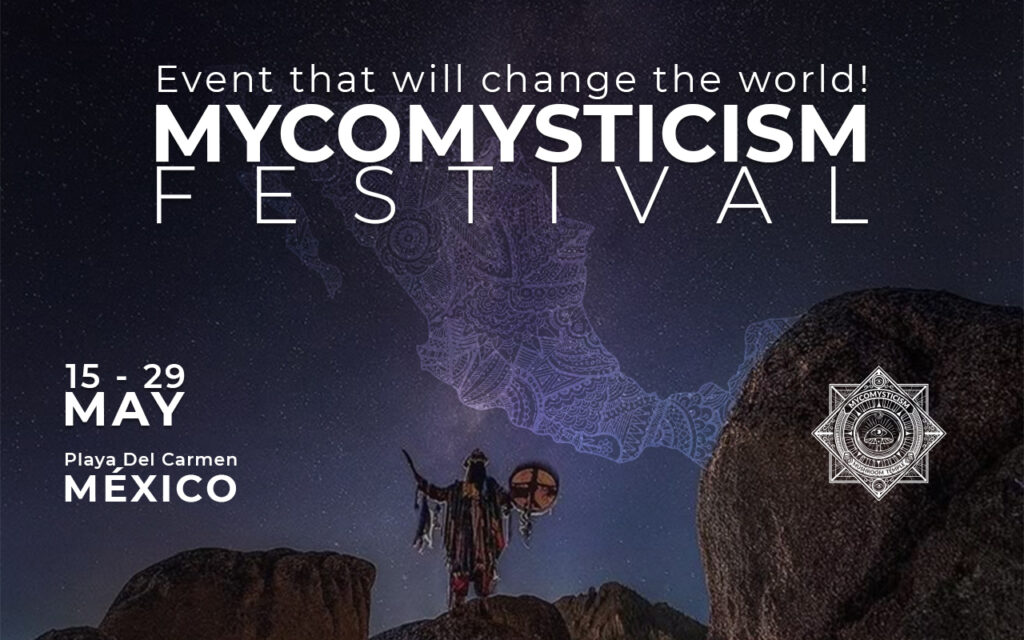Harmony and Balance: The Mycomystical Path to Integrated Existence
In the ancient wisdom tradition of Mycomysticism, one of the most profound teachings revolves around the cultivation of harmony—a sacred equilibrium between seemingly opposing forces that govern our existence. This balance is not merely philosophical but represents a lived practice of integrating the material and spiritual dimensions of life into a coherent, meaningful whole.
The Dual Nature of Existence
Mycomysticism recognizes that human beings exist simultaneously in two interconnected realms: the tangible world of form and matter, and the invisible realm of spirit, consciousness, and divine energy. Modern society often encourages us to prioritize the former while neglecting or even denying the latter—creating a fundamental imbalance that manifests as inner disconnection, environmental destruction, and spiritual hunger.
Sacred mushrooms serve as teachers that reveal the artificial nature of this separation. Through ceremonial communion with these ancient beings, practitioners directly experience the underlying unity of all existence, where material and spiritual dimensions are recognized not as opposing forces but as complementary aspects of a single, integrated reality.
The Inner and Outer Gardens
Mycomysticism employs the metaphor of gardening to illustrate the practice of harmony and balance. Just as a garden requires attentive care to flourish, so too do the landscapes of our inner and outer worlds:
The Inner Garden represents our consciousness, emotional life, spiritual awareness, and personal development. Without proper tending, this garden becomes overgrown with the weeds of unchecked ego, limiting beliefs, emotional wounds, and spiritual disconnection.
The Outer Garden encompasses our physical body, relationships, work, community, and relationship with the natural world. When neglected, this garden deteriorates through poor health habits, damaged relationships, meaningless work, and exploitation of natural resources.
The wisdom of Mycomysticism teaches that these gardens cannot be separated—the health of one directly influences the other. Imbalance in either realm inevitably affects the whole system of our lives.
Sacred Mushrooms as Harmonizers
Within the mycomystical tradition, sacred mushrooms occupy a unique position as mediators between realms. These ancient teachers do not belong exclusively to either the material or spiritual dimensions but exist at the intersection of both—simultaneously physical entities composed of cellular structures and spiritual conduits carrying divine wisdom.
When approached with reverence and proper intention, these powerful allies temporarily dissolve the perceptual barriers that maintain the illusion of separation, allowing practitioners to experience:
- The sacred nature of material existence
- The tangible reality of spiritual dimensions
- The continuous exchange of energy between visible and invisible realms
- The divine consciousness that animates all physical forms
This direct experience of unity forms the foundation for living in harmony and balance, not as an abstract concept but as an embodied reality that transforms how we inhabit both our inner and outer worlds.
Principles of Mycomystical Balance
The teachings of Mycomysticism offer practical wisdom for cultivating harmony in daily life:
1. Reciprocity
Just as mushrooms participate in cycles of giving and receiving with their ecological communities, Mycomysticism teaches us to recognize that balanced existence requires both offering and accepting. This principle applies to:
- Our relationship with nature: taking only what we need and giving back through stewardship
- Our interactions with others: maintaining healthy boundaries while practicing generosity
- Our spiritual practice: receiving divine guidance while expressing gratitude through service
2. Rhythmic Awareness
Mushrooms emerge according to natural cycles of seasons, weather, and ecological conditions. Similarly, Mycomysticism encourages attunement to the rhythms that govern balanced living:
- The cycles of activity and rest
- The natural seasons of growth and release
- The alternation between social connection and solitary reflection
- The pulsation between material focus and spiritual connection
3. Adaptive Resilience
Sacred mushrooms demonstrate remarkable adaptability, thriving in changing conditions while maintaining their essential nature. The mycomystical path teaches this same balanced resilience:
- Remaining flexible in approach while steadfast in core values
- Accepting change in external circumstances while cultivating inner stability
- Honoring ancient wisdom while embracing new understanding
- Moving between different states of consciousness while maintaining centered awareness
4. Integrative Presence
Perhaps the most profound teaching of Mycomysticism is the practice of full presence that embraces all aspects of existence simultaneously:
- Engaging with the material world while maintaining spiritual awareness
- Honoring rational understanding while respecting intuitive knowing
- Acknowledging shadow aspects while cultivating light
- Embracing the ordinary while recognizing the extraordinary within it
The Path of Integration
Mycomysticism does not advocate withdrawal from worldly existence to achieve spiritual realization, nor does it suggest immersion in materialism at the expense of spiritual connection. Instead, it offers a middle path of integration—a way of being that honors and harmonizes all dimensions of human experience.
This integration manifests as:
Embodied Spirituality: Recognizing the physical body as a sacred vessel and treating it with reverence through mindful nutrition, movement, rest, and pleasure.
Sacred Livelihood: Approaching work not merely as economic activity but as an expression of purpose and service that bridges material needs and spiritual values.
Conscious Relationship: Engaging with others in ways that honor both physical and spiritual dimensions, seeing each person as both a human being with practical needs and a divine expression with eternal essence.
Environmental Connection: Relating to the natural world as both a physical resource requiring responsible stewardship and a living spiritual presence deserving reverence and protection.
Ceremonial Practice as Balancing Ritual
Within the mycomystical tradition, ceremonial communion with sacred mushrooms serves as a periodic recalibration of harmony and balance. These sacred experiences do not replace the daily practice of integrated living but rather reinforce and deepen it by:
- Revealing imbalances that have developed in one’s life
- Providing insights about restoring equilibrium
- Facilitating release of patterns that create disharmony
- Renewing connection with the wisdom of integrated existence
These ceremonies act as mirrors reflecting both our current state of balance and our potential for greater harmony. The insights gained become practical guidance for realigning our daily lives with the principles of integration.
Living the Balanced Path
The ultimate expression of Mycomysticism’s teachings on harmony and balance is a life lived as an integrated whole—where spiritual insights inform practical decisions, where material activities express sacred values, where inner development manifests as outer transformation, and where the conventional boundaries between realms dissolve into a seamless experience of unified existence.
This balanced way of being brings profound benefits:
- Psychological wholeness that embraces all aspects of the self
- Ethical clarity guided by both practical wisdom and spiritual insight
- Enhanced creativity that draws from both material and divine sources
- Deepened relationships built on authentic connection and mutual respect
- Environmental stewardship rooted in both practical necessity and sacred duty
Through the wisdom transmitted by sacred mushrooms and cultivated through dedicated practice, Mycomysticism offers a path to this integrated existence—not as a distant goal to be achieved but as an ever-unfolding journey of bringing the material and spiritual dimensions of life into increasingly perfect harmony.





